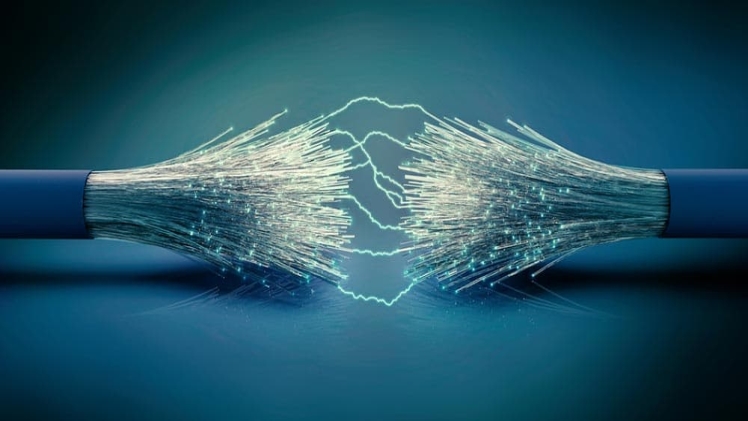It’s no surprise the world is highly dependent on connectivity in this digital age. Whether it’s browsing social media, streaming Netflix episodes, playing multiplayer games online, checking emails, or simply surfing the World Wide Web, a huge chunk of our day is spent on the internet. It’s fair to look for high bandwidths and fast internet speeds when shopping for home or business internet. Fiber, cable, and DSL are the most common internet options everywhere. They’re all quite different from one another in terms of speed, medium, bandwidth, etc.
However, when we talk about fast internet options, Fiber Optic Internet has set the benchmark for fast, quality data transmission. But why fiber? You’ve come to the right place to find that out. This brief write-up will compare fiber with other connection types to help you understand what makes fiber connections different. So let’s dive right in!
What Is Fiber Internet?
Fiber internet is a connection type that uses fiber optic cables to transmit data. Fiber is the thin glass wire that carries light signals aka the data from point A to point B. So in short, fiber optic internet delivers data in the form of light pulses via glass wires. It’s fair to call fiber internet a connection that delivers ultra-supersonic speed. To give you an idea, let’s discuss numbers.
A fiber-powered internet connection can upload a4 minute HD video in less than 5 seconds, upload up to 10 images in less than a second, download a 1GB file in 60 seconds, and seamlessly stream in HD on more than 7 devices.
Fiber Vs Cable
Cable and fiber are two of the most common internet connections. However, there are a few differences that set the two apart. Let’s start with the basics. Fiber Optic internet is more advanced since it uses thin glass wires to transmit data in the form of light pulses. Cable internet, on the other hand, depends on the copper coaxial cable to transmit data.
Fiber optic internet isn’t easily available everywhere and it’s one of the reasons it’s so expensive compared to cable internet. Due to wide availability and coverage, cable internet is much cheaper.
Fiber internet is definitely faster as it offers up to 1Gbps of symmetrical upload and download speeds. Certain providers like Xfinity, even deliver up to 2 Gbps of fiber internet speeds. Cable internet, on the other hand, is slower even though it offers speeds perfect for households and small-to-medium sized businesses. The average download speed on a cable network ranges from 10 Mbps to 1 Gbps. However, its upload speeds hardly reach up to 50 Mbps.
And finally, when it comes to reliability, fiber optic internet takes the crown thanks to its consistency and performance.
Fiber Vs DSL
DSL internet uses telephone lines to deliver data. DSL stands for Direct Subscriber Line. So in short, the internet is only accessible when the phone line is connected to your router and because telephone lines are made of copper, data can’t be transferred as quickly as fiber optic cables.
Fiber optic connections deliver up to 1000 Mbps while DSL connections usually deliver 6 or 7Mbps. However, there are limited providers with DSL speeds reaching up to 12 Mbps, 20 Mbps, and sometimes even 45 Mbps. So you can imagine how restricted online activities might be with a DSL connection. This also rules out reliability for DSL. Fiber optic networks are much more reliable as they’re less prone to power outages and interference, unlike DSL connections.
Since DSL uses existing power lines to transmit data, it’s always going to be cheaper than fiber-optic connections. However, due to limited availability, fiber optic internet is limited to mostly urban and suburban regions, making DSL a better option for rural locations.
Now that you know what makes fiber internet connections different from the rest, you can become a better judge of which type of internet to go for, for your business or home!

